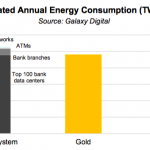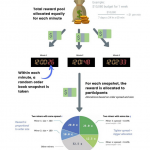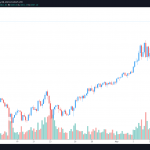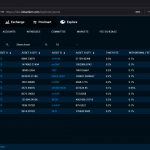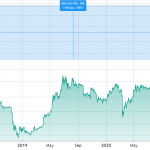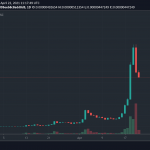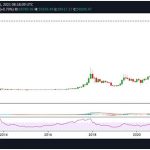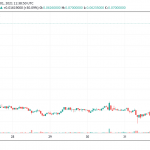- Bitcoin may climb to $ 170,000 as global M2 liquidity reaches $55.48 trillion, reflecting a surge in economic capital.
- Analysts say institutional demand via ETFs and corporate buyers could push BTC into the $150K–$200K range by year-end.
- A weakening US dollar and historical divergence patterns suggest a potential new Bitcoin uptrend is underway.
Bitcoin (BTC) could be on a trajectory toward $170,000 as global liquidity—measured by the broad money supply (M2)—reaches a new record high of $55.48 trillion as of July 2, said a Coin Telegraph report.
The M2 metric includes highly liquid assets such as bank deposits, checking accounts, and cash equivalents, and aggregates liquidity levels from major economies including the United States, Eurozone, Japan, the United Kingdom, and Canada.
Historically, Bitcoin’s price has shown a strong correlation with global M2 supply, often following liquidity expansions with a lag of three to six months.
In periods of rapid liquidity growth, the lag can shorten considerably. For example, Bitcoin’s breakout above $100,000 in April 2025 followed just weeks after a sharp increase in M2 supply.
The recent expansion in global M2 suggests a broader increase in available capital, often associated with inflows into risk-on assets such as cryptocurrencies.
According to analyst Crypto Auris, “As global money supply expands, Bitcoin’s next target sits around ~$170K, following the flow.” Unlike speculative rallies driven by sentiment, liquidity-backed surges tend to result in more sustainable price trends, potentially offering a stronger foundation for Bitcoin’s current cycle.
https://x.com/crypto_auris/status/1940326758202712108
Institutional demand strengthens bullish outlook
Bitcoin’s price trajectory is also being supported by a growing base of institutional investors.
Multiple analysts forecast BTC reaching between $150,000 and $200,000 by the end of 2025, citing increased allocations from institutional players via exchange-traded funds (ETFs) and corporate treasuries.
This shift reflects a maturation of the digital asset market, where Bitcoin is increasingly viewed as a hedge against currency debasement and a store of value in an environment of expanding money supply.
Rising institutional participation tends to reduce volatility and improve market depth, contributing to the long-term viability of price gains.
The broader macroeconomic backdrop is reinforcing this trend.
Central banks in developed markets continue to adopt accommodative monetary policies, further inflating M2 and supporting asset prices across risk categories.
Weakening Dollar signals potential breakout
Another factor contributing to Bitcoin’s bullish momentum is the weakening US dollar.
The US Dollar Index (DXY) has declined by 10.8% in the first half of 2025, marking its steepest H1 drop since the end of the Bretton Woods system in 1973.
In contrast, Bitcoin has appreciated by 13.25% over the same period, highlighting a clear negative correlation between the two assets.
Historically, significant divergences between BTC and DXY have preceded major market moves.
Notably, the divergence in November 2020 signaled the beginning of a sustained rally, while inverse movements in April 2018 and March 2022 coincided with the onset of bear markets.
Since early 2024, BTC and DXY had been moving in tandem, but this pattern broke in April 2025 when DXY fell below the 100 mark for the first time in two years.
If historical trends hold, this divergence could mark the start of a new uptrend for Bitcoin, potentially magnified by further dollar weakness.
As liquidity rises and the dollar weakens, the setup for Bitcoin appears increasingly favorable heading into the second half of the year.



